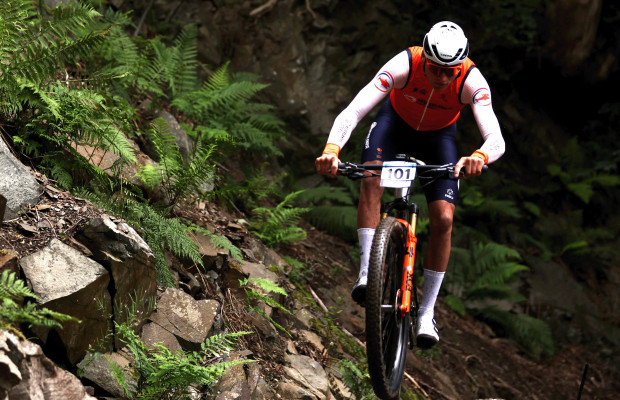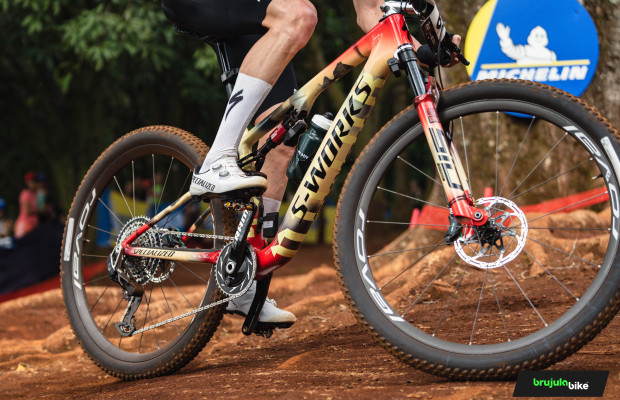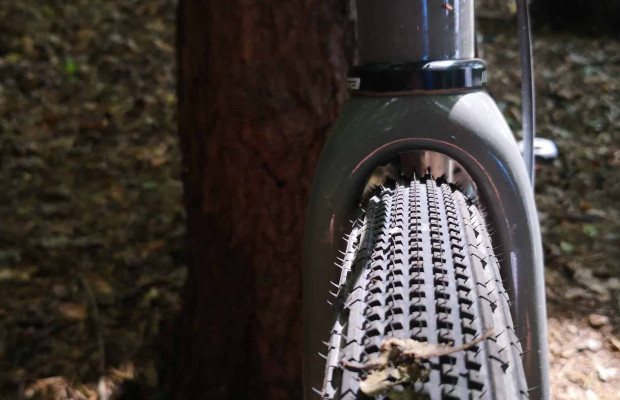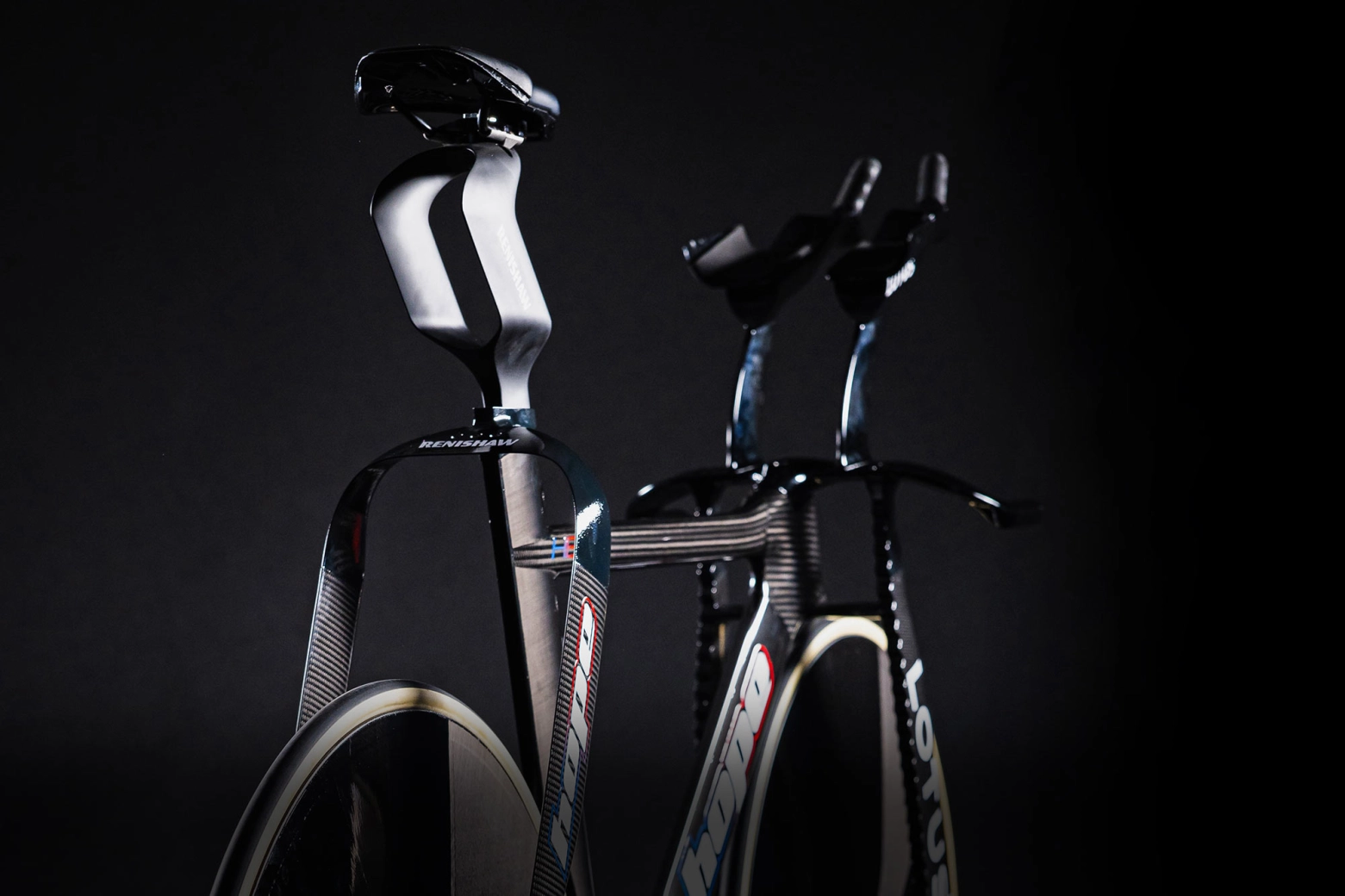The new UCI regulations go directly against many current advancements: high tire maximums, handlebar measurements, fork width...
Last week, the UCI management council, in addition to approving the race calendar for the next 3 years, also made some changes to the technical regulations, that is, the rules that govern, among other things, the conditions that the material used by cyclists must meet. These changes aim to curb some of the current market trends.

These are the new UCI rules to limit bicycles
For decades, the UCI has tried to keep the design of bicycles under control. First, there was the rule that set the minimum weight of bikes at 6.8 kg and, later on, rules such as both wheels having to be the same size or bikes having to have a classic double triangle structure, which aimed to stop the race towards increasingly surreal designs that was happening in the 90s.
However, in other aspects such as the aerodynamic design of frames, it has become more permissive, allowing brands to manufacture faster bicycles, reflected in aspects such as the 54-tooth chainring becoming the standard in the peloton.
RECOMENDADO

How many days should a cyclist rest per week?

Some reasons to stay away from the road in winter

S-Works: what does it really mean and where does Specialized's most exclusive label come from?

The best apps for cycling and mountain biking

Why wider tires in gravel are faster

Black Friday 2025 cycling bargains: save on Garmin, POC, Maxxis and more

However, on this occasion, the UCI has legislated not so much against the loss of essence of bicycles, but with the safety of the races in mind. In fact, the most evident of the new rules approved is the one that affects the width of the handlebars that cyclists can use, going directly against the trend of using narrower handlebars, even for very corpulent cyclists, in order to achieve the most aerodynamic position possible.
According to the new rule, the handlebar, measured between its widest points, cannot be less than 400 mm wide. A measurement that, taken between both brake levers, cannot be less than 320 mm. In practice, this does not imply any change because practically all handlebars used in the peloton adhere to these measurements by standardizing handlebars with a considerable flare, wide at the bottom and narrower at the lever area. Only a small number of cyclists, lovers of more radical options, use narrower models than that.

The purpose of this is to avoid super narrow handlebars that, in the end, generate a more unstable behavior of the bike that could lead to an increase in the chances of falls.
With the same purpose, the next limitation that affects the maximum profile of the wheels has been applied, now limited to 65 mm for road stages, not for time trials. This is intended to avoid the greater instability that high-profile wheels always suffer, despite design improvements, in crosswinds.

In practice, this does not change much either, as nowadays the trend has been towards wheels with profiles that rarely exceed 50 mm and have sought aerodynamic gains with the use of wider sections and meticulously studied curvatures that achieve similar advantages to those of higher profiles. Between 50 and 45 mm, which are the most common options, is where the best balance between wheel aerodynamics and a contained weight is achieved. Only on flat stages do the most rolling cyclists mount models that do not usually exceed 60 mm, except, as with handlebars, some cyclists who always seek the most radical configuration and do not hesitate to use 80 mm wheels despite the burden they represent.
More controversial, however, is the limitation that will affect frames and forks. In this review of the regulations, the UCI has set that the maximum width of the fork, both on the track and on the road, must be 115 mm, a figure that cannot exceed 145 mm in the case of the rear triangle. This directly aims to curb designs like the new Factor prototype that the Israel-PremierTech cyclists have been using in the Critérium du Dauphiné and that derive from those used on the track where, one of the reference bikes of recent times like the Hope HB.T could be on its way out.

The UCI also announced that, during 2026, a differentiated regulation will be established for road helmets and time trial helmets with the intention of coming into effect at the beginning of 2027. Although it is not yet known in which direction this change may go, many point to the creation of a homologation regulation similar to that which frames must pass, so that only helmets with the UCI sticker could be used in competition, ending the use of time trial helmets in road races like those some teams have been using lately.